Flat Plate Solar Collector CFD Tutorial, Fluent Simulation with Solar Ray Tracing
Flat Plate Solar Collector CFD Tutorial, Fluent Simulation with Solar Ray Tracing
- Upon ordering this product, you will be provided with a geometry file, a mesh file, and an in-depth Training Video that offers a step-by-step training on the simulation process.
- For any more inquiries regarding the product, please do not hesitate to reach out to us at info@CFDLAND.com or through our online support assistant.
€240 Original price was: €240.€135Current price is: €135.
A flat plate solar collector is a simple yet powerful device for capturing the sun’s energy. It consists of a dark, flat absorber plate inside an insulated box, all covered by a transparent sheet like glass. Sunlight passes through the cover and strikes the absorber plate, which gets very hot. This heat is then transferred to a fluid, usually water, flowing through tubes attached to the plate. This heated water can be used for many things, such as providing hot water for homes, heating swimming pools, or even for industrial processes. This technology is vital because it offers a sustainable and clean way to generate heat, helping to reduce our reliance on fossil fuels.
This project provides a detailed Flat plate solar collector CFD analysis. The main challenge in this type of work is to accurately model the heat received from the sun. To do this, we use a powerful model in ANSYS Fluent called Solar Ray Tracing. This makes the project a valuable Solar Ray Tracing Tutorial for engineers. Our simulation is set for a specific location in Ukraine (latitude 51.531°, longitude 25.2854°) in December, and we use the reference paper “Energy and exergy comparison of a flat-plate solar collector… [1]” to ensure our inputs are accurate.
- Reference [1]: Tong, Yijie, et al. “Energy and exergy comparison of a flat-plate solar collector using water, Al2O3 nanofluid, and CuO nanofluid.” Applied Thermal Engineering159 (2019): 113959.
![Flat plate solar collector CFD simulation [1]](https://cfdland.com/wp-content/uploads/2025/01/Flat-plate-solar-collector-CFD-simulation-300x169.png)
Figure 1: Schematic of the flat plate solar collector components analyzed in the CFD simulation, based on the reference paper [1].
Simulation Process – Using Solar Ray Tracing and the DO Model in Fluent
The simulation process began with the careful construction of the 3D geometry in ANSYS Design Modeler. To ensure the highest accuracy, the model was strategically sectioned to allow for a pure, high-quality structured grid. This mesh, containing 792,000 hexagonal cells, was then generated using ANSYS Meshing (Figure 2). Inside ANSYS Fluent, the setup for this Flat plate solar collector Fluent simulation required activating several key physics models. The energy equation was enabled to solve for heat transfer. To model the solar load, we used a combination of the Discrete Ordinates (DO) radiation model and the Solar Ray Tracing model. The Solar Ray Tracing algorithm first calculates the direct solar irradiation based on the sun’s position, while the DO model then handles the complex radiative heat exchange between the collector’s internal surfaces. To capture the fluid dynamics and heat transfer within the water flowing through the copper tube, the robust k-epsilon RNG turbulence model was selected.

Figure 2- The structured hexagonal mesh used in the Flat plate solar collector Fluent simulation for higher accuracy.
Post-processing – Flat Plate Solar Collector CFD Analysis
The thermal performance analysis reveals a highly effective system for capturing and transferring solar energy. The temperature contours in Figure 3 show a strategic thermal cascade, confirming the design’s efficiency. The Solar Ray Tracing model accurately applies the solar load, and as a result, the insulation substrate reaches a high temperature of 354K. This is a crucial finding, as it demonstrates that the insulation layer is successfully preventing thermal energy from escaping out the back and sides of the collector, thus maximizing the heat available for the working fluid. The high thermal conductivity of the aluminum absorber plate and copper tubing is also evident, as they effectively channel this captured heat directly to the water-filled pipe, creating a focused thermal pathway. This detailed heat map from our Solar Ray Tracing CFD analysis confirms the system is performing exactly as an efficient solar collector should.

Figure 3- Temperature distribution contours from the Solar Ray Tracing Tutorial, showing the collector’s excellent thermal performance
The ultimate measure of the system’s success is its ability to heat the working fluid. This solar collector Fluent simulation shows a significant temperature increase in the water as it flows through the collector in a single pass. The water enters at an initial temperature of 45°C and exits at an impressive 54.87°C, representing a total temperature gain of 9.87°C. This substantial increase validates both the collector’s physical design and the accuracy of the numerical models used, particularly the k-epsilon RNG model which governs the convective heat transfer from the hot pipe walls to the water. The temperature distribution on the 2D plane shows that the heat is consistently distributed around the fluid channel, indicating optimal heat transfer with no “cold spots.” By using specific geographical data for Ukraine, this simulation provides a realistic and trustworthy prediction of the system’s performance in a real-world application.
We pride ourselves on presenting unique products at CFDLAND. We stand out for our scientific rigor and validity. Our products are not based on guesswork or theoretical assumptions like many others. Instead, most of our products are validated using experimental or numerical data from valued scientific journals. Even if direct validation isn’t possible, we build our models and assumptions on the latest research, typically using reference articles to approximate reality.
Yes, we’ll be here . If you have trouble loading files, having technical problems, or have any questions about how to use our products, our technical support team is here to help.
You can load geometry and mesh files, as well as case and data files, using any version of ANSYS Fluent.
€160 Original price was: €160.€110Current price is: €110.

€360 Original price was: €360.€185Current price is: €185.

€160 Original price was: €160.€80Current price is: €80.

€240 Original price was: €240.€125Current price is: €125.

€265 Original price was: €265.€135Current price is: €135.

€185 Original price was: €185.€135Current price is: €135.















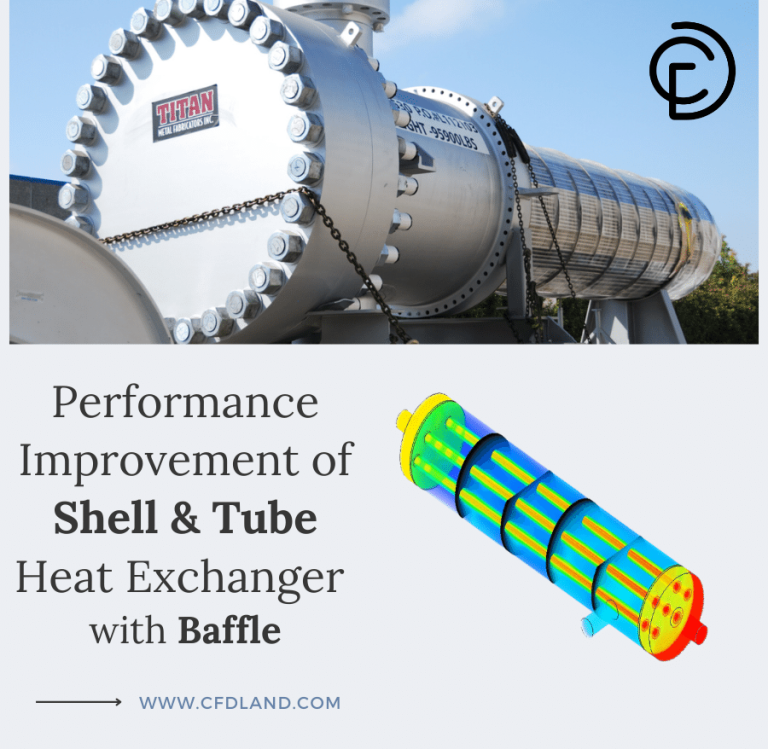
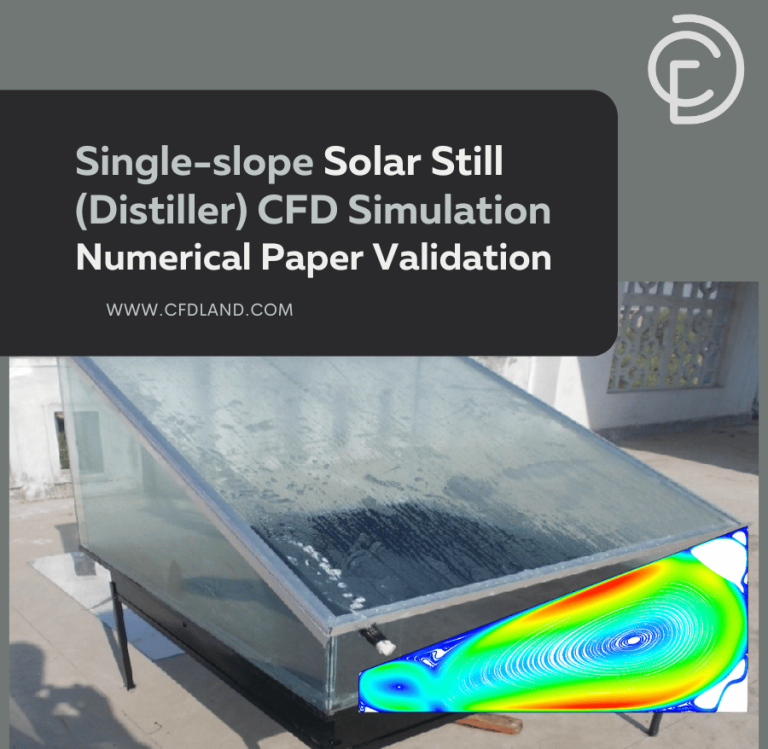
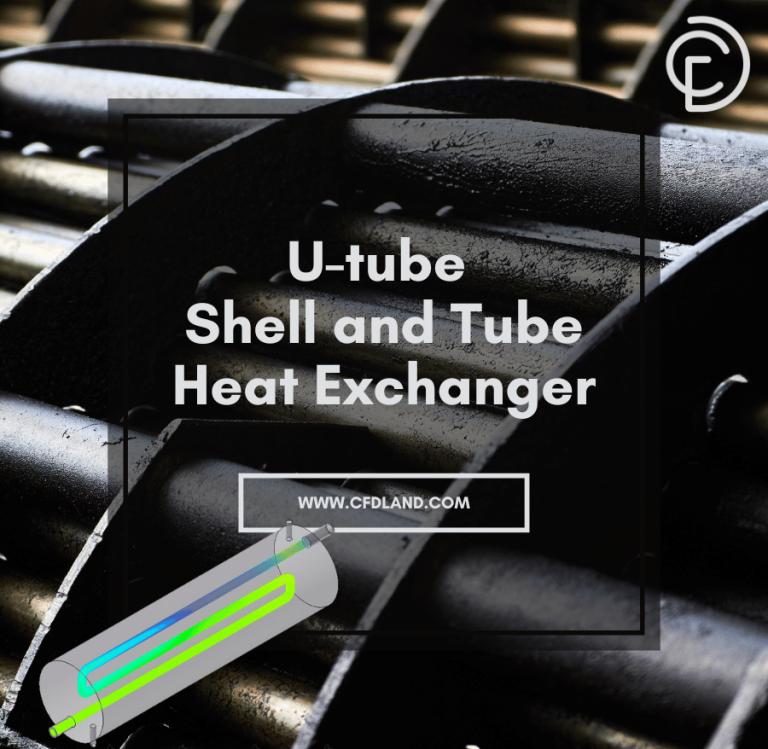
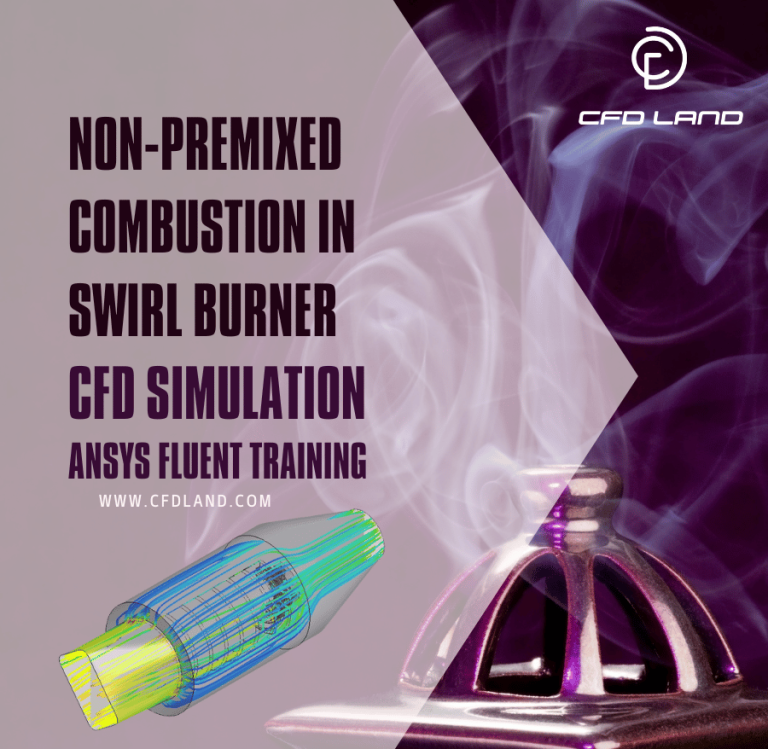

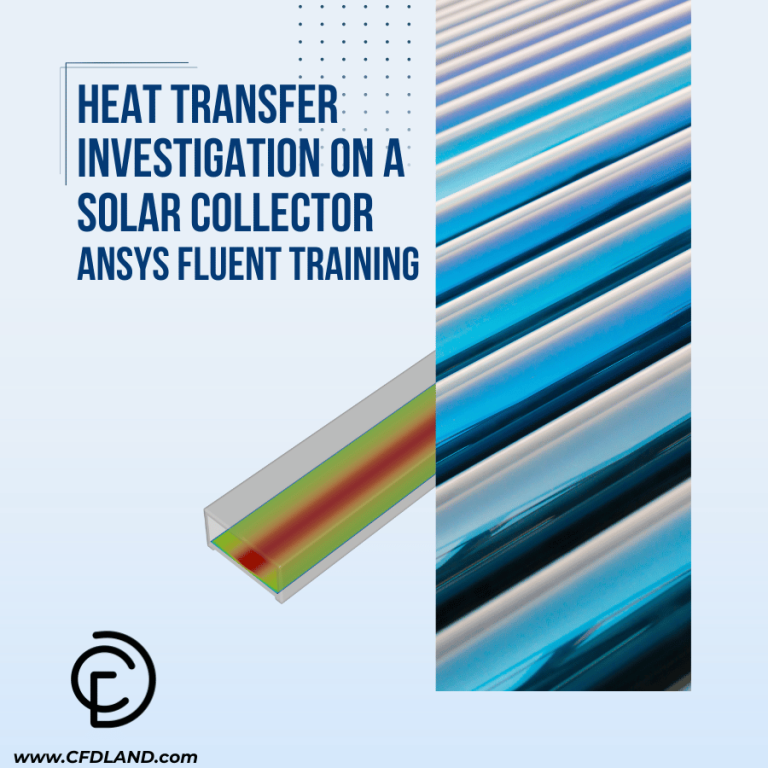
Reviews
There are no reviews yet.